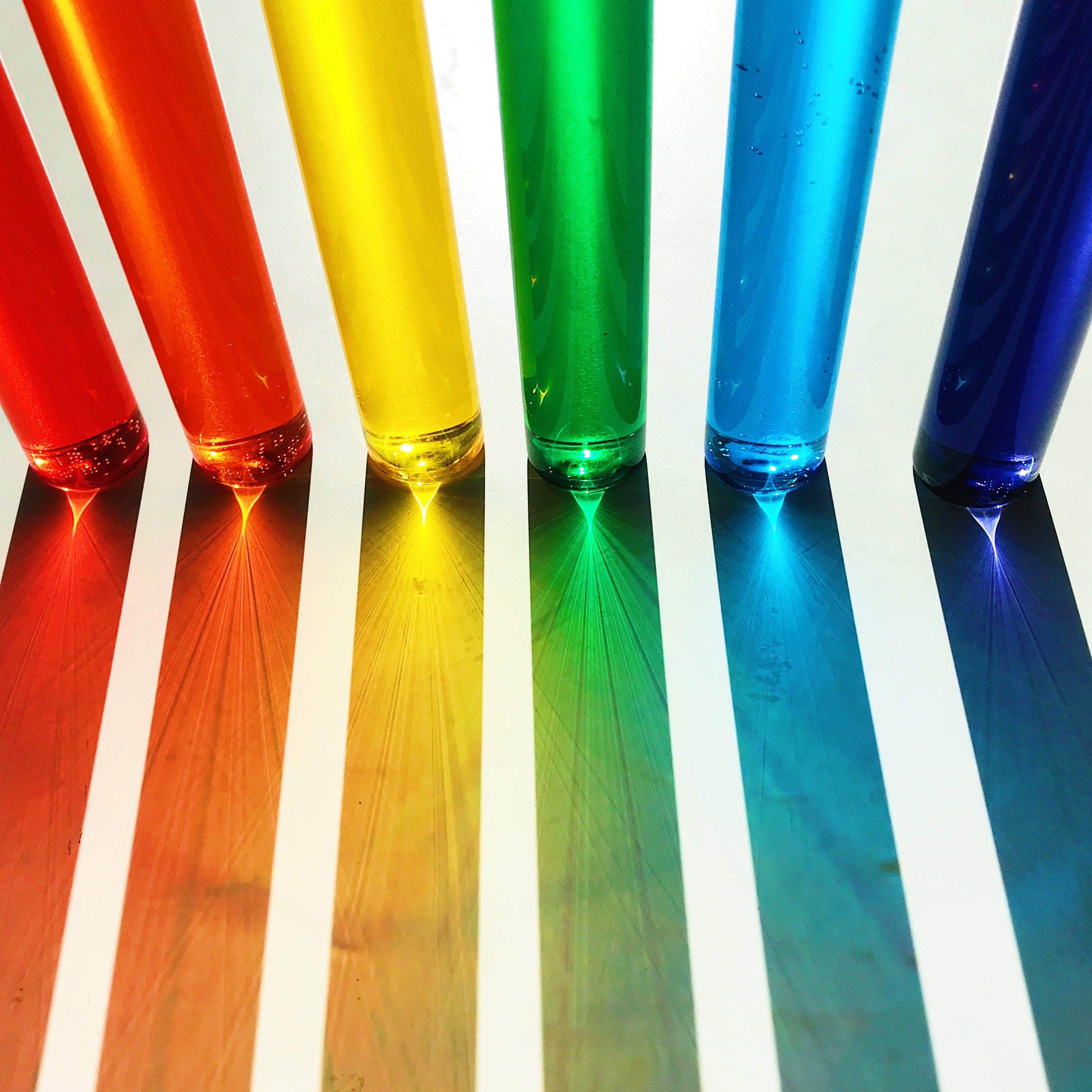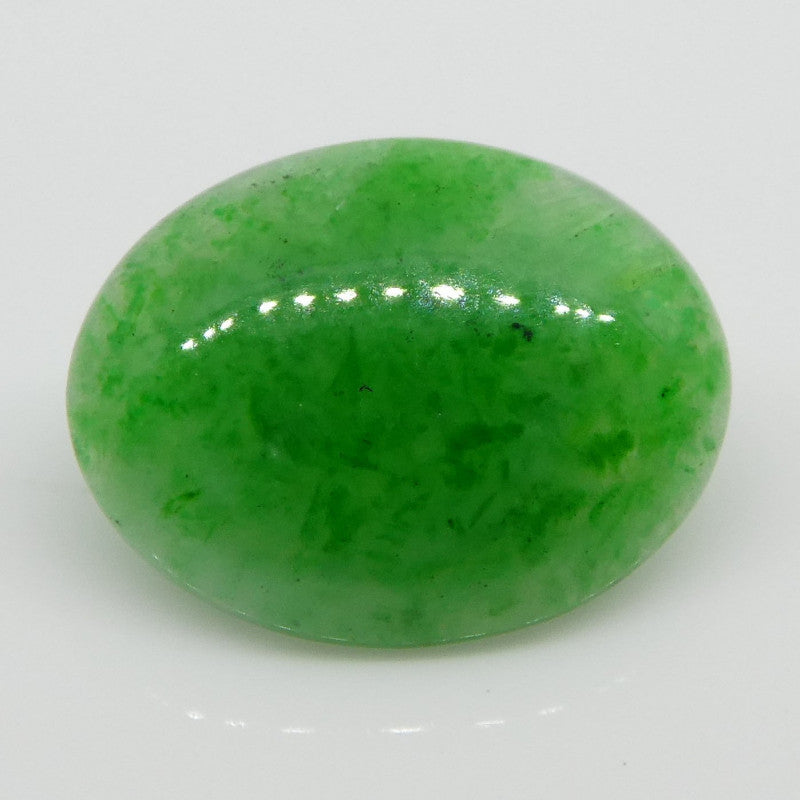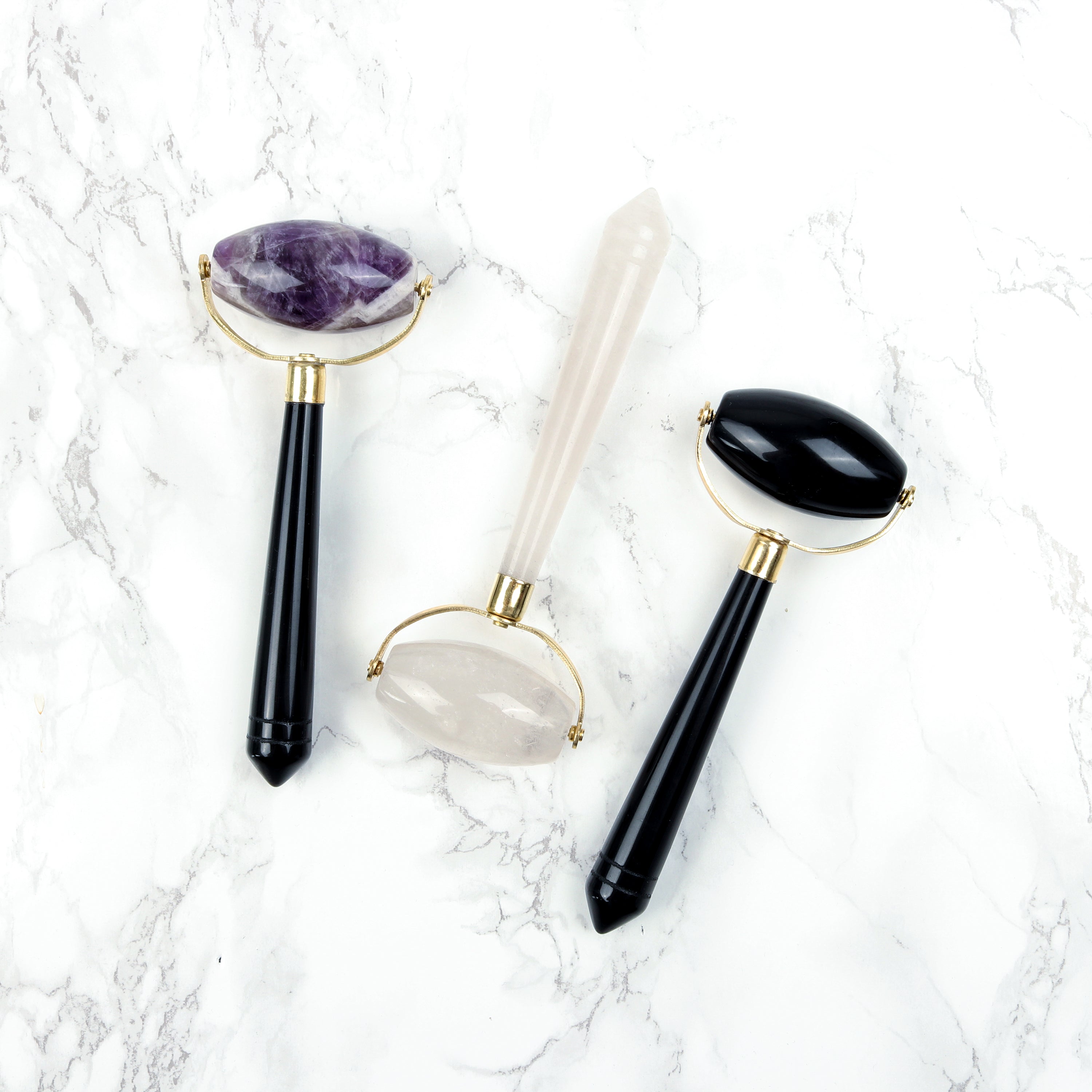
Artificial Colours in Skincare
Artificial Colours in Cosmetics and Skincare
Colours are used to catch our attention and to make cosmetic products look more appealing, and the more appealing they look, the more they sell. Unfortunately, companies have developed this as a marketing strategy often to the detriment of the quality of the ingredients. People are more tempted to buy a golden eye serum or a cleanser with a green “natural” look and disregard the fact that artificial colours have a harmful impact on the skin.
What are Artificial Colours or dyes?
Artificial Colours or dyes are synthetic additives mixed together to obtain a single colour. When trying to create an artificial colour, they use up to 25 synthetic additives, and some colours requires even more. Dyes are used to give colour to various cosmetic beauty such as face creams, lotions, shampoos. Their colour is usually obtained by mixing numerous synthetic chemicals, and not all of them are mentioned on the label.
You can find dozens of chemicals in a single dye, making it extremely difficult to know exactly what you’re exposing your body to.
What are the risks of Artificial Colours?
Much research has been performed that show different possible reactions to the articifial colours, mostly depending on the types of the dyes used, and their chemical composition. Some when they are absorbed on our skin, they can lead to irritation, sensitivity, blocked pores, which can stimulate the apparition of acne.
Some dyes are even more harmful than this because they are made from coal tar or contain heavy metal salts which can be carcinogenic. Other colours are banned in some countries but not others, such as yellow#6 which is banned in Norway and Sweden because it is known to provoke allergies, asthma, eczema or even chromosomal damage in DNA.
The list can continue with Red 3 which was also banned, but by the FDA in 1983 when a report showed that R3 had caused thyroid tumours. The risk we expose our body when using cosmetics with artificial colours is undeniable, unpredictable and very dangerous. Therefore, people should avoid using cosmetics with dyes as much as possible.
How is the use of synthetic dyes in cosmetics regulated?
On the market, new synthetic dyes appear frequently, and they are regulated by each individual country or by one certified group like in the EU. The regulations on colour may be different from a region to another. For example, one synthetic dye may be banned from use in the EU, but in the U.S.A is perfectly fine. Therefore, you should be careful when traveling and buying products from different regions that use dyes you haven’t been exposed to before.
How do you Identify Synthetic colours in the ingredients list?
This very much depends on the region you live in. The detailed lists of which synthetic colours are allowed in your country can be found on the official website of the authority that regulates this issue, such as FDA in the U.S.A.
Some colours are already known for their controversial use in skincare, products such as Yellow #6, Red #40, Green #3 which are best avoided. Unfortunately, they are so many out there, and you should avoid any unknown chemicals. Try to do a quick research on google when in doubt, or try choosing products that use natural alternatives.
Are there natural alternatives?
There are some beauty brands on the market which are using colours derived from fruits or other natural alternatives including the following
Carotenoids (E160, E161, E164), chlorophyllin (E140, E141), anthocyanins (E163), and betanin (E162) comprise four main categories of plant pigments used to colour food products. Other colourants or specialized derivatives of these core groups include: Annatto (E160b), a reddish-orange dye made from the seed of the achiote Carmine (E120), a red dye derived from the cochineal insect, Dactylopius coccus, Elderberry juice (E163), Lycopene (E160d), Paprika (E160c), Turmeric (E100)
Be aware that natural colours will never look as bright and powerful as the artificial ones.
Conclusion
The cosmetic and skincare products that use artificial colours will only look better in the box, but not on your skin, as they are linked to many skin problems. You can always find an alternative to look beautiful and be healthy at the same time.
Learn more about
How to read a cosmetic product label
The White Lotus Ingredient Pledge
Guide to Ingredients to Avoid
Browse the White Lotus Skincare range


